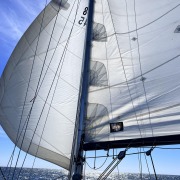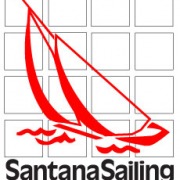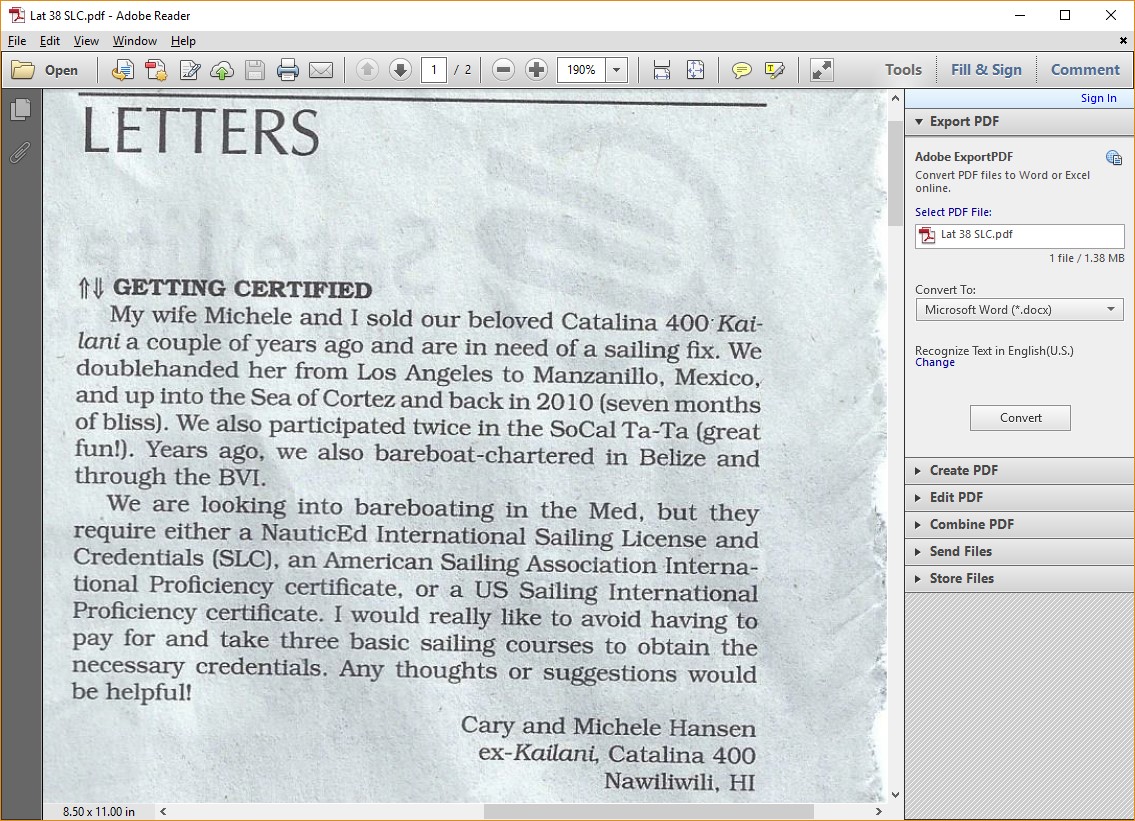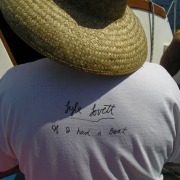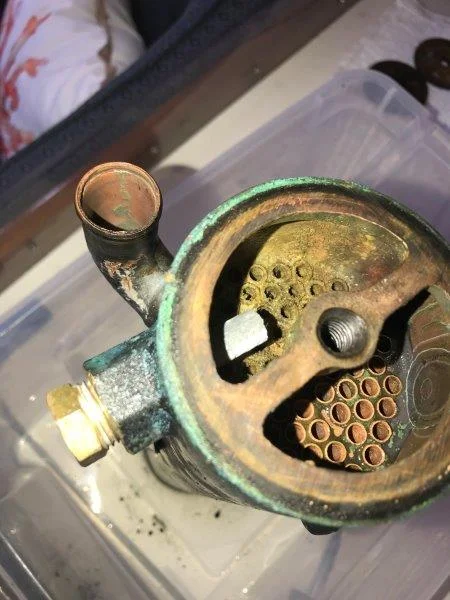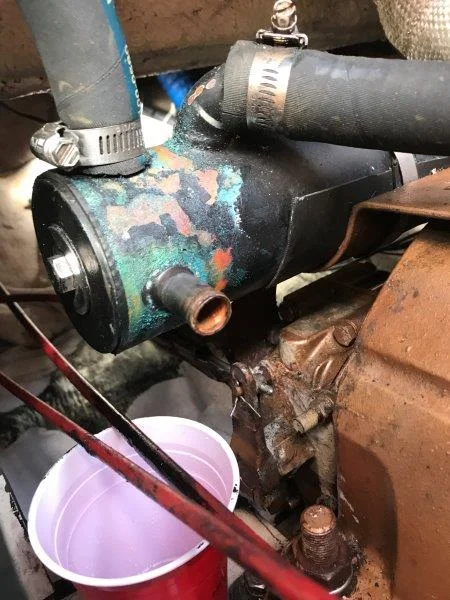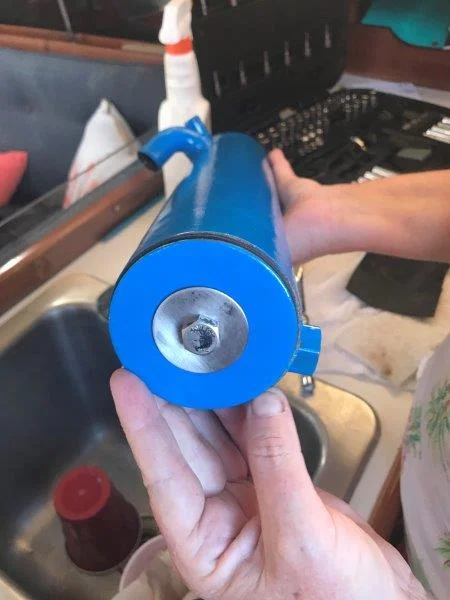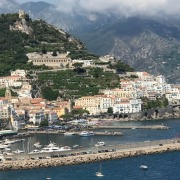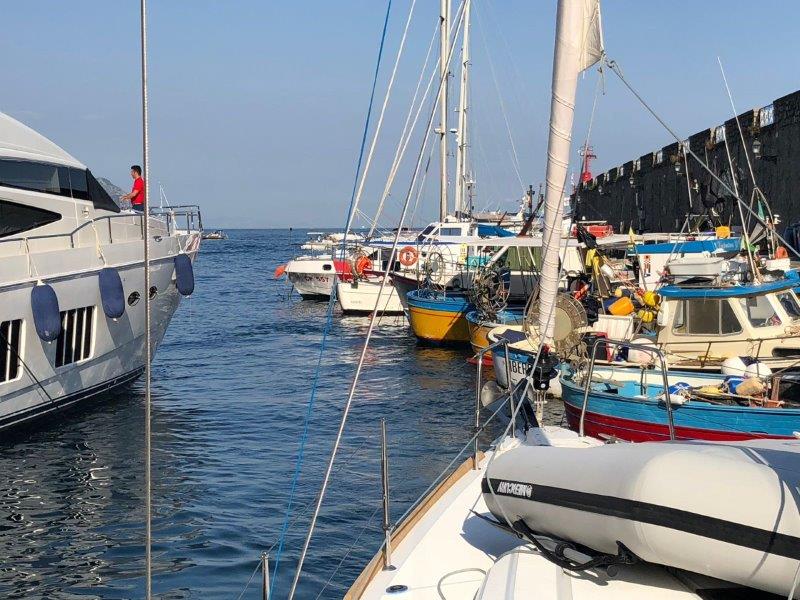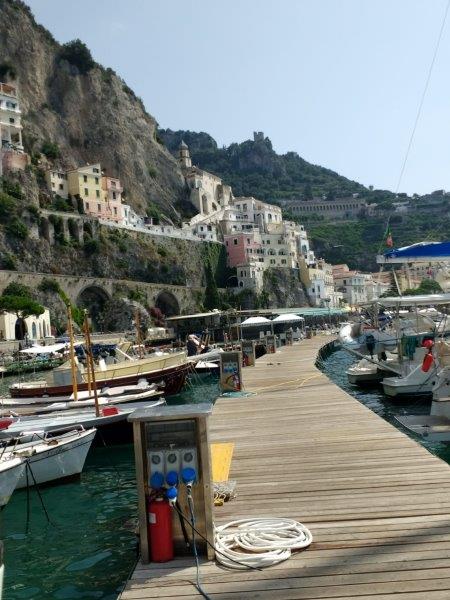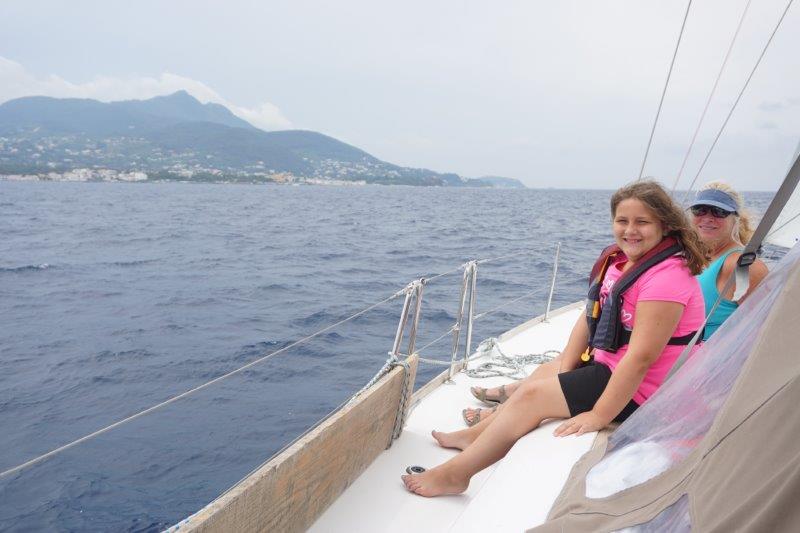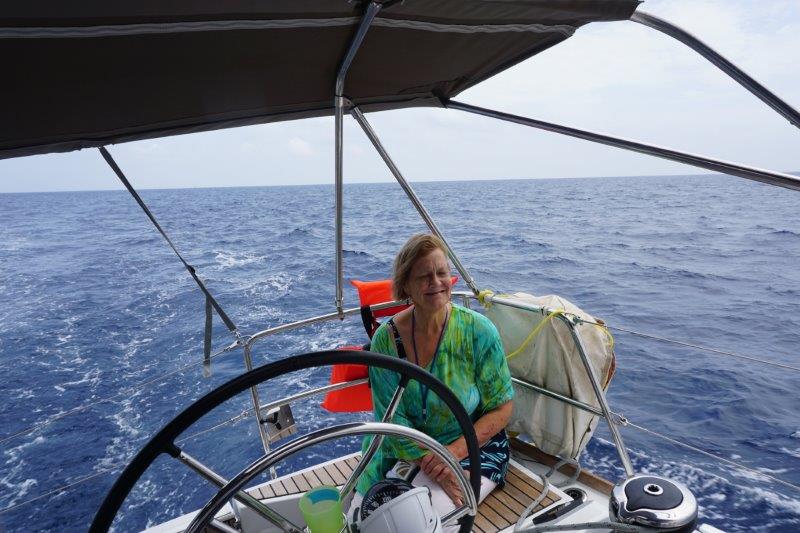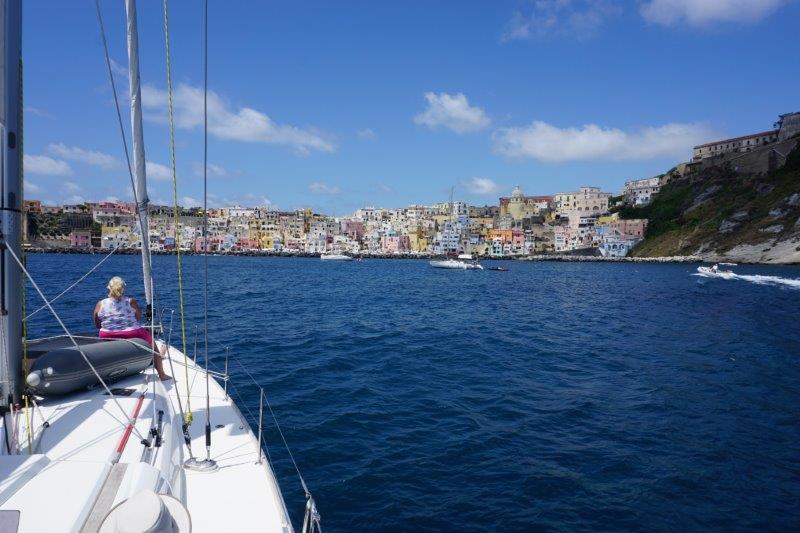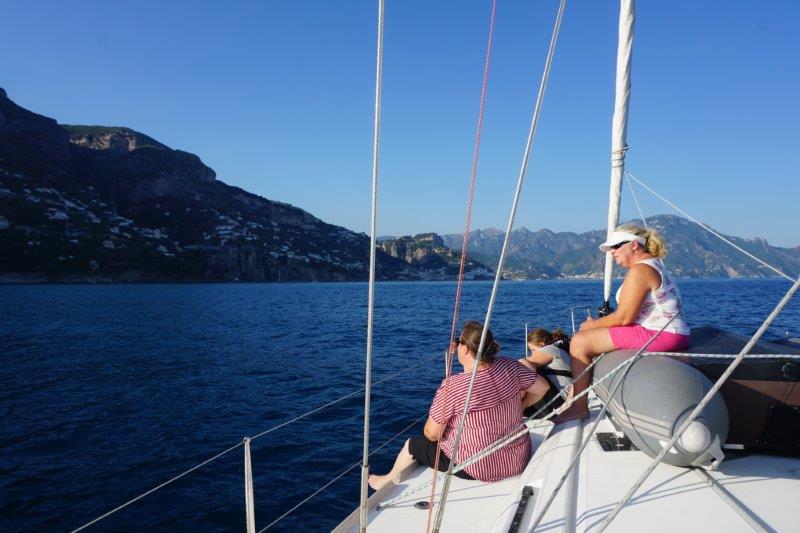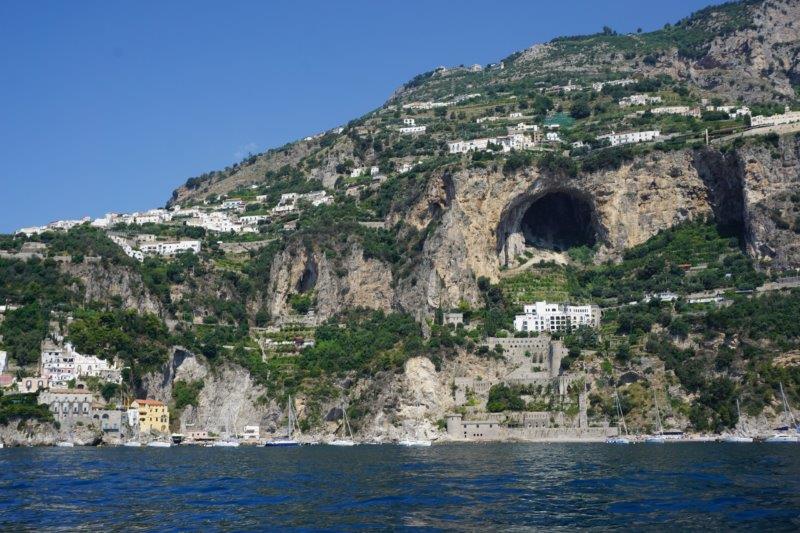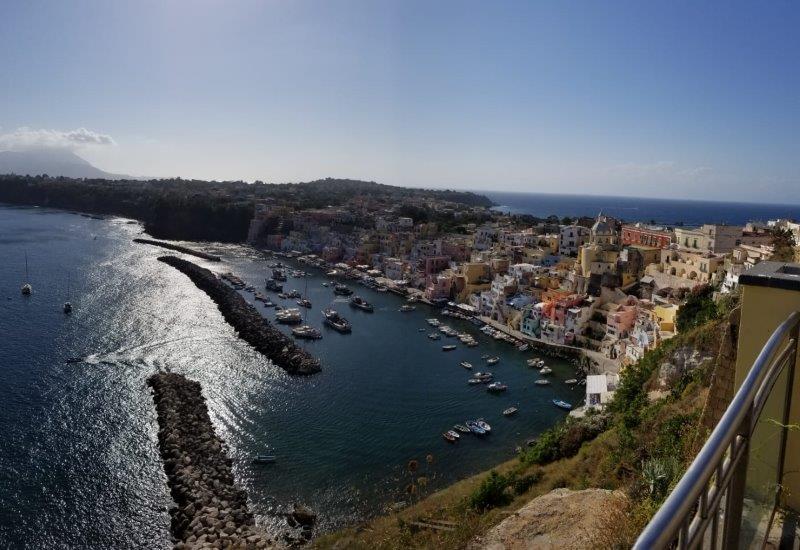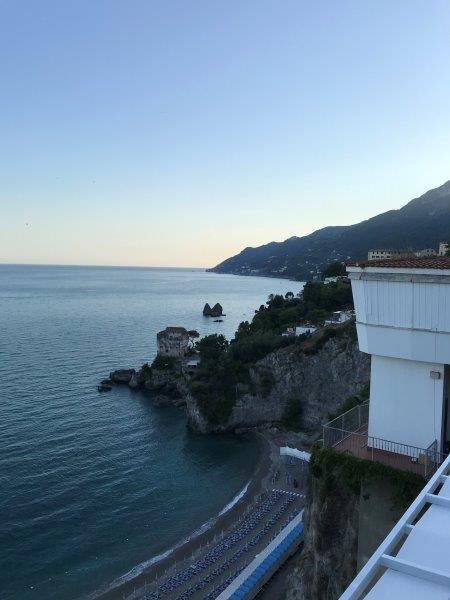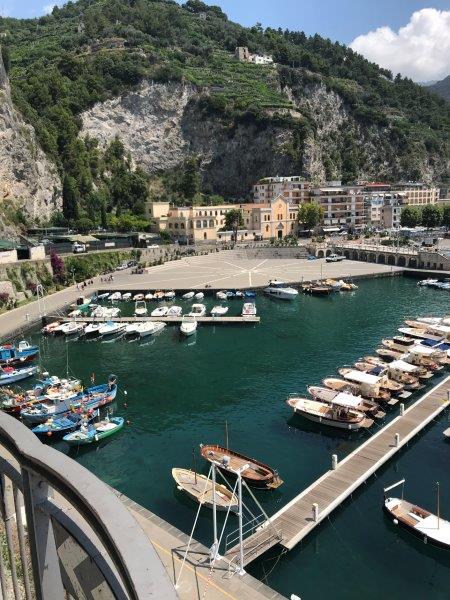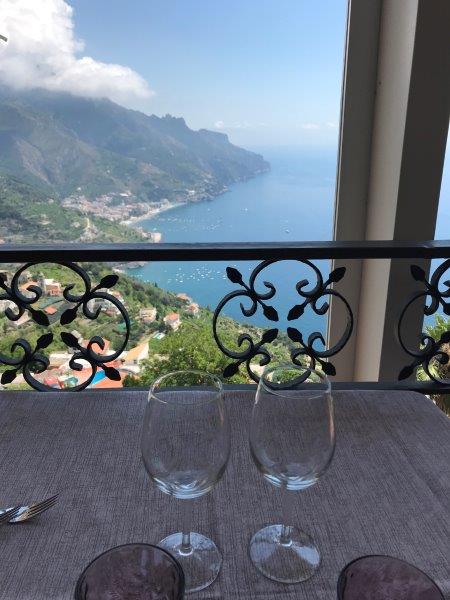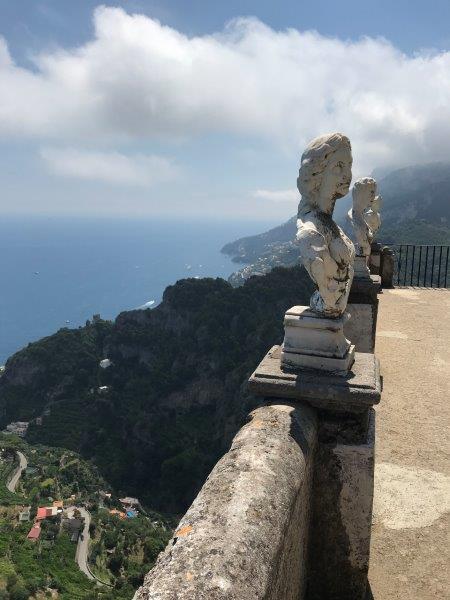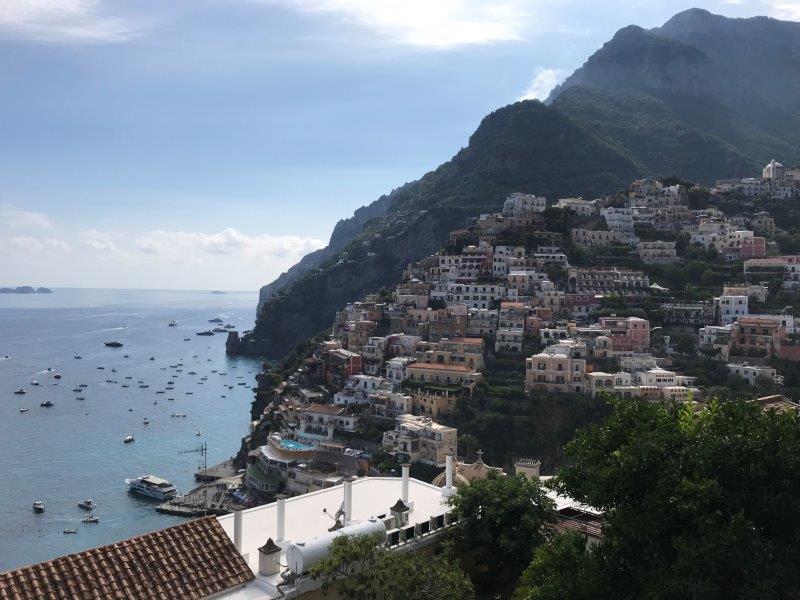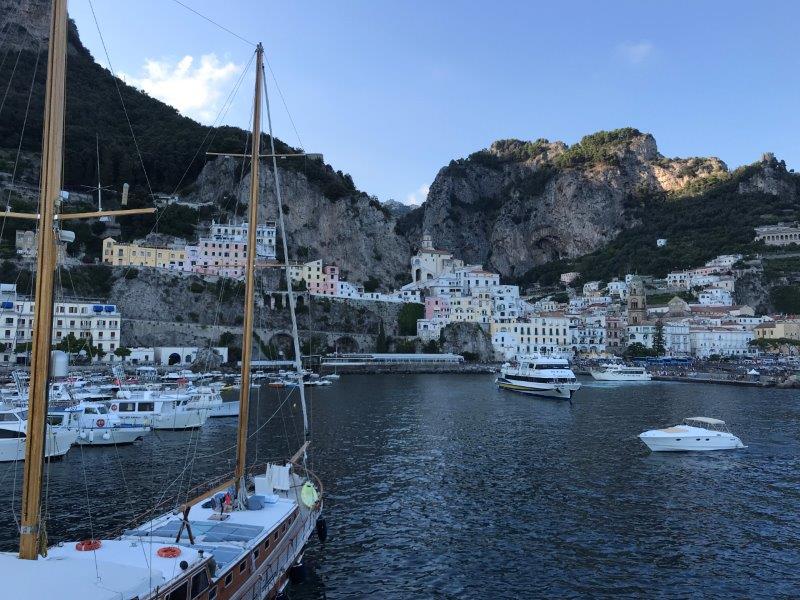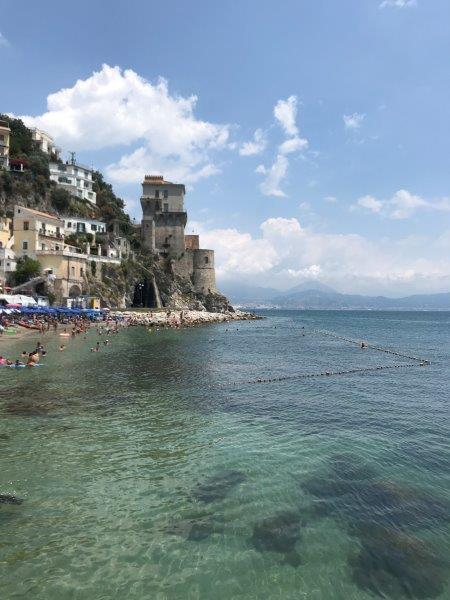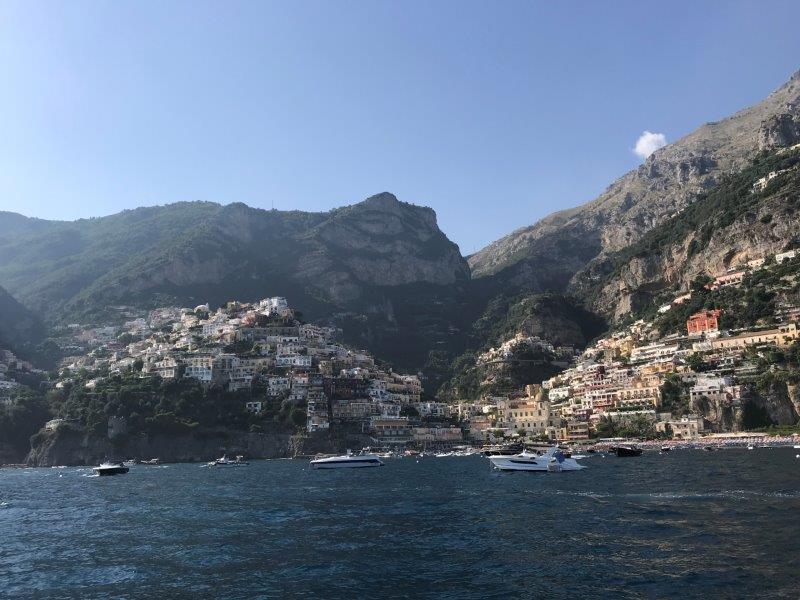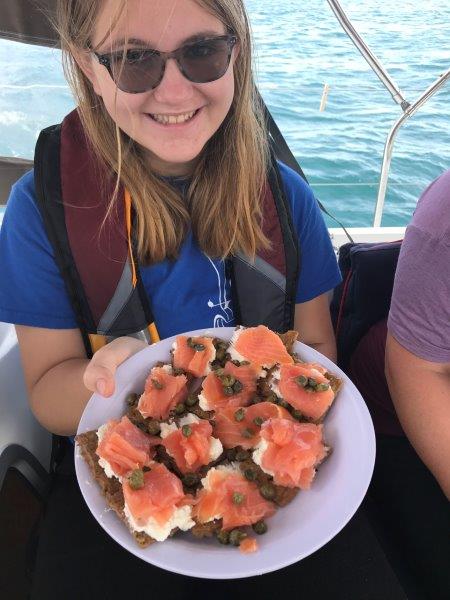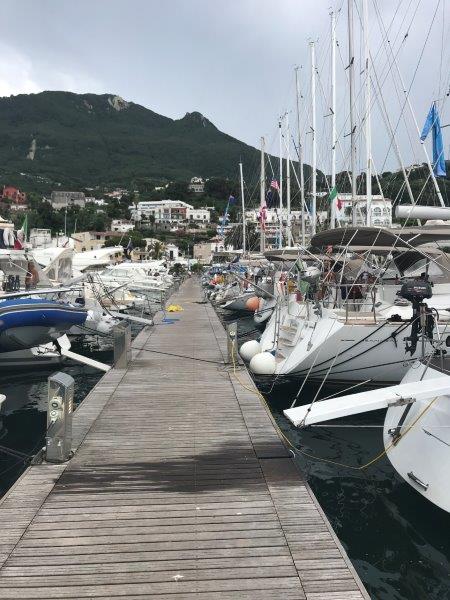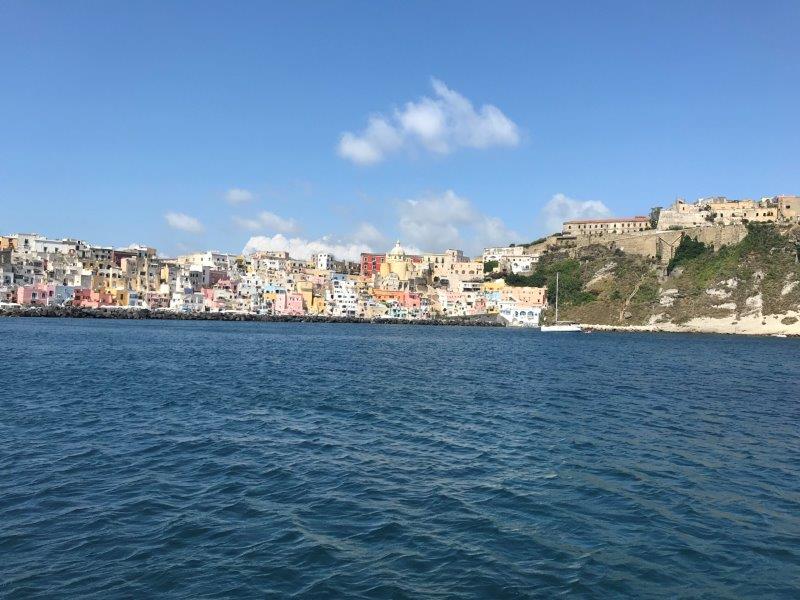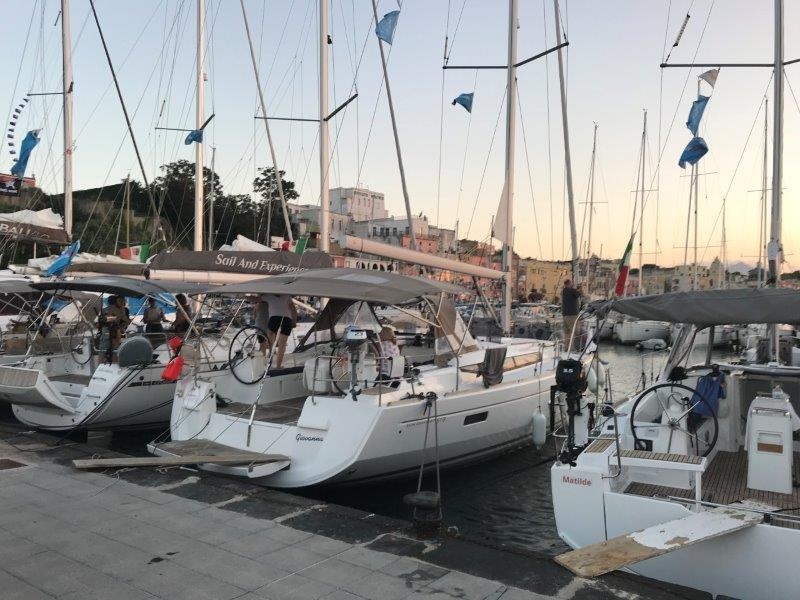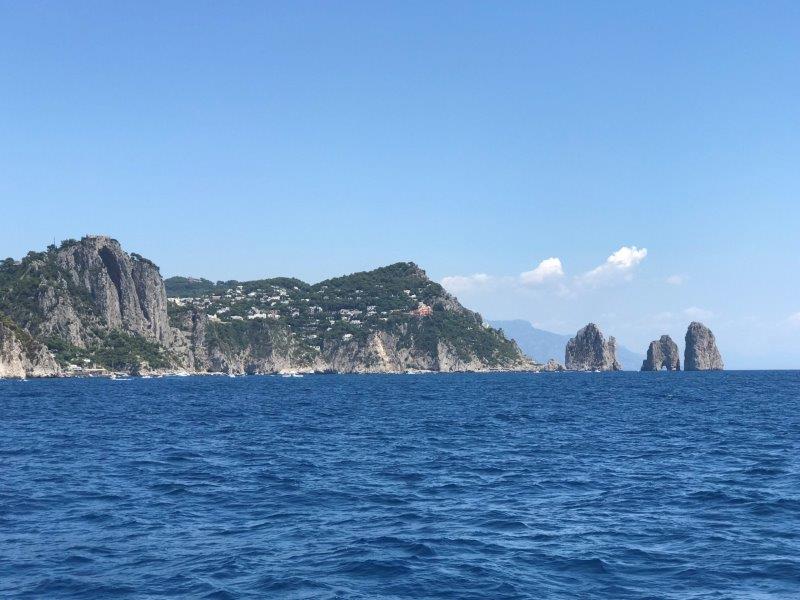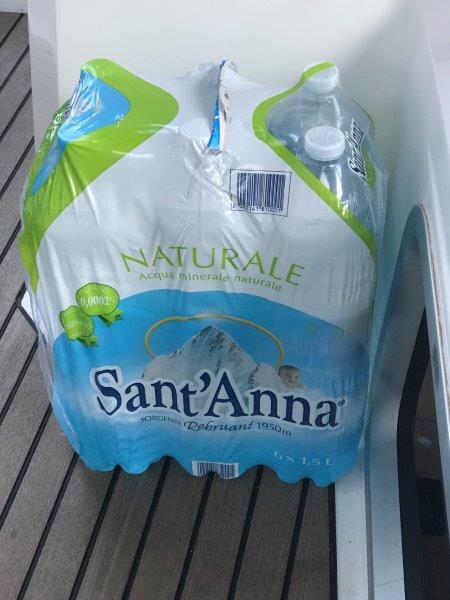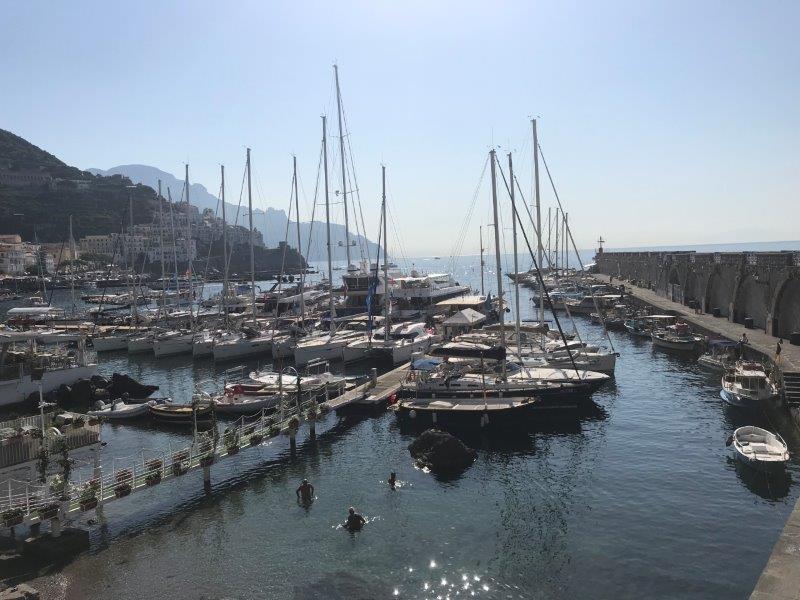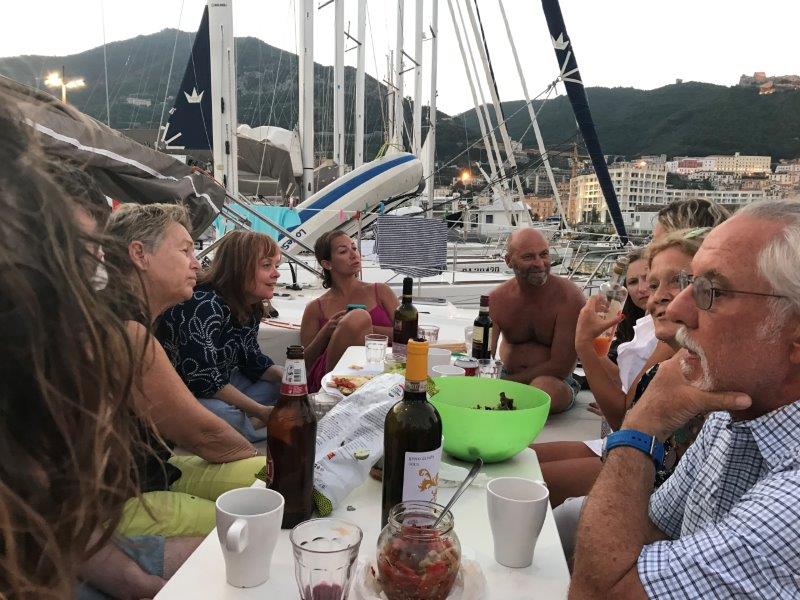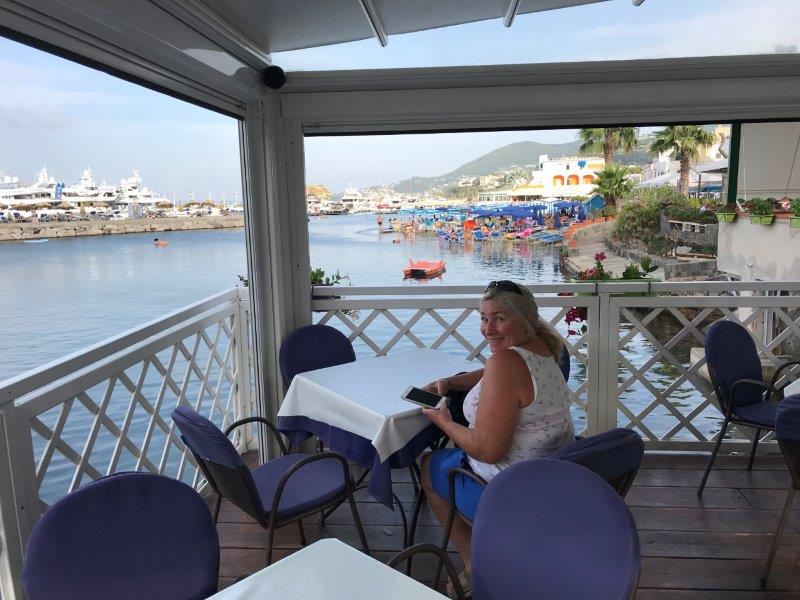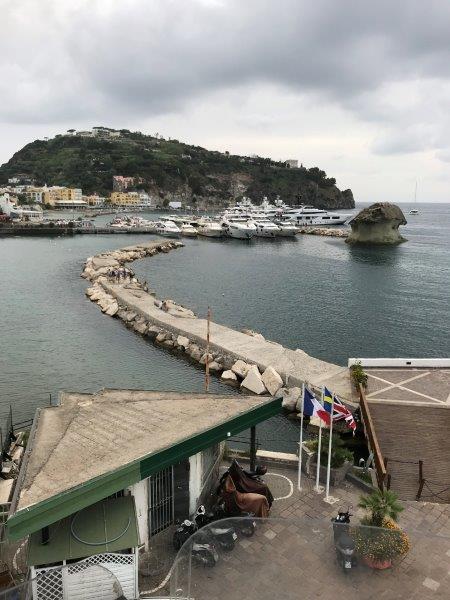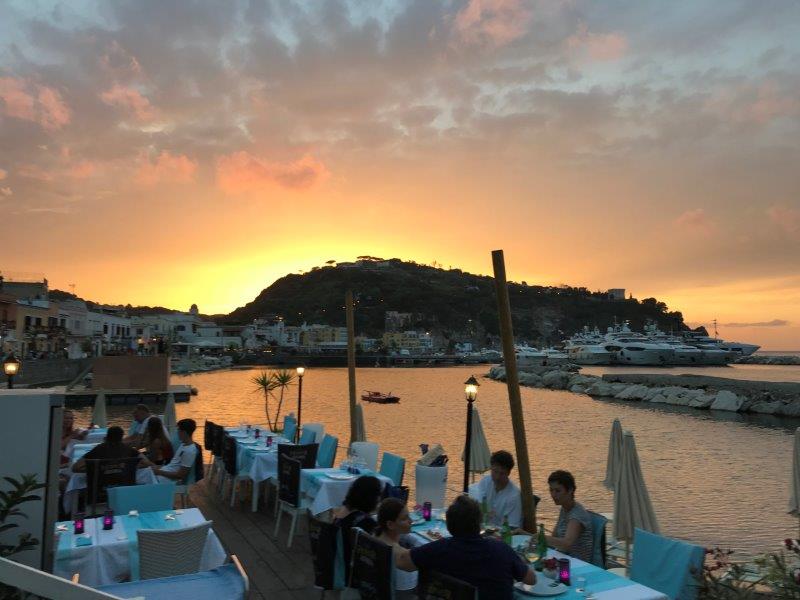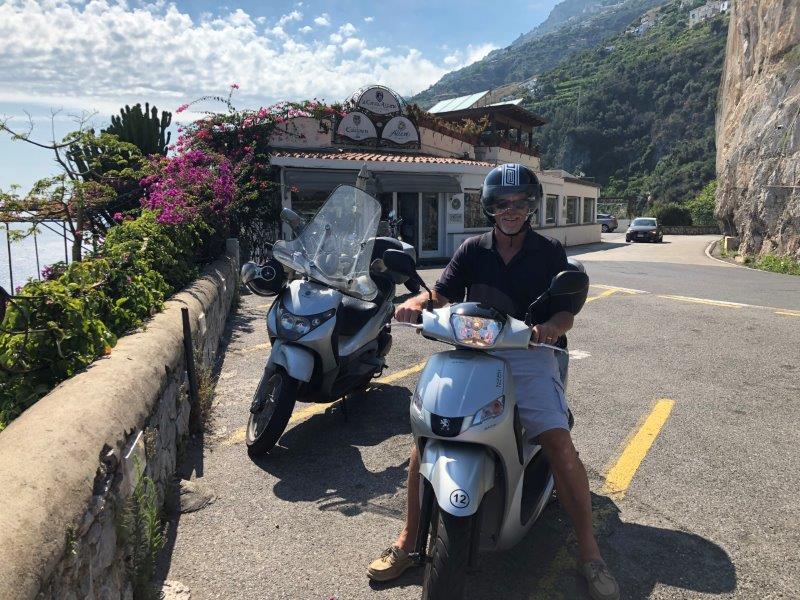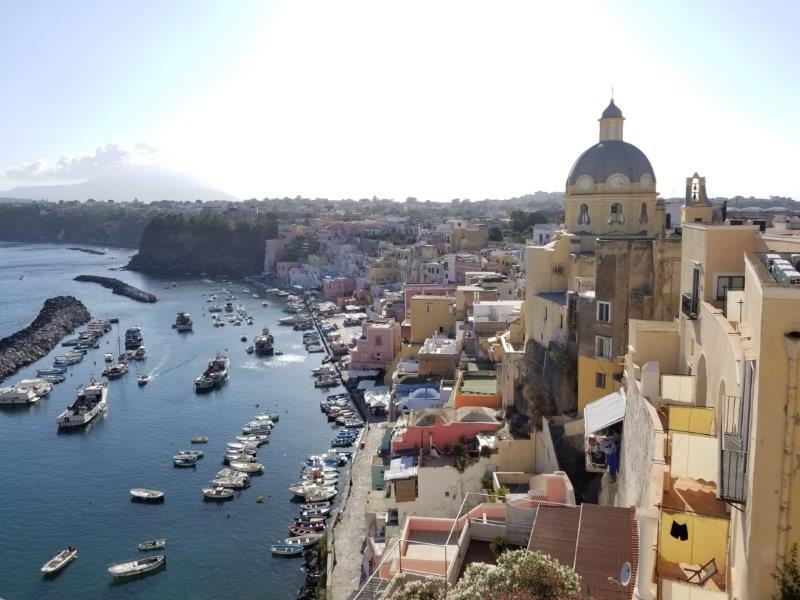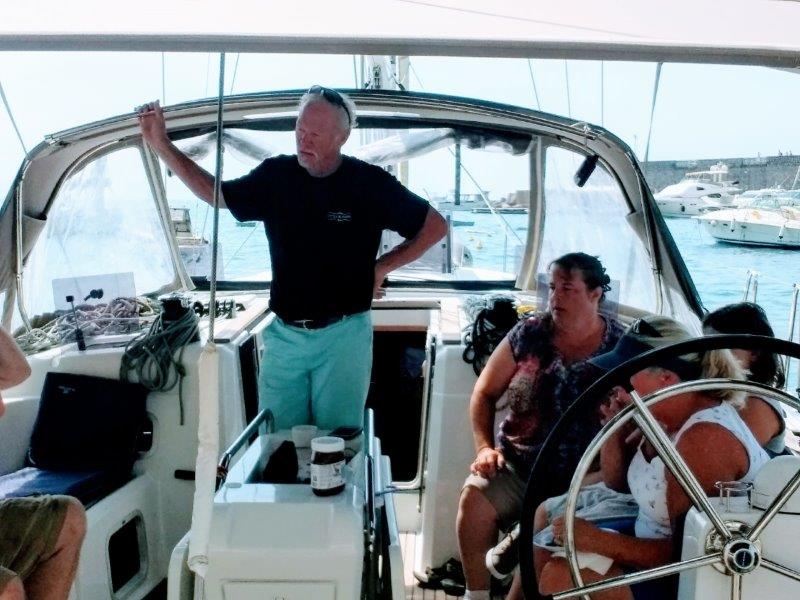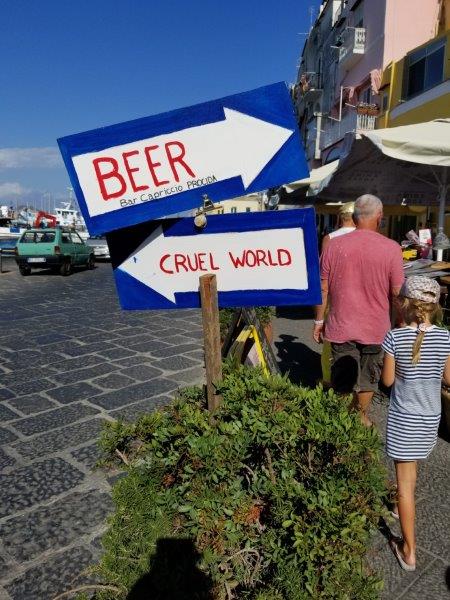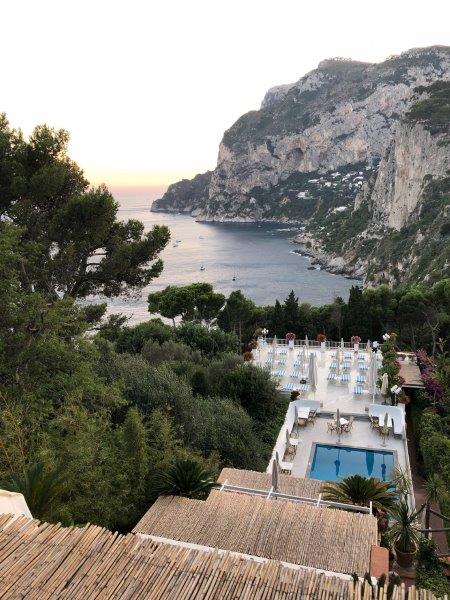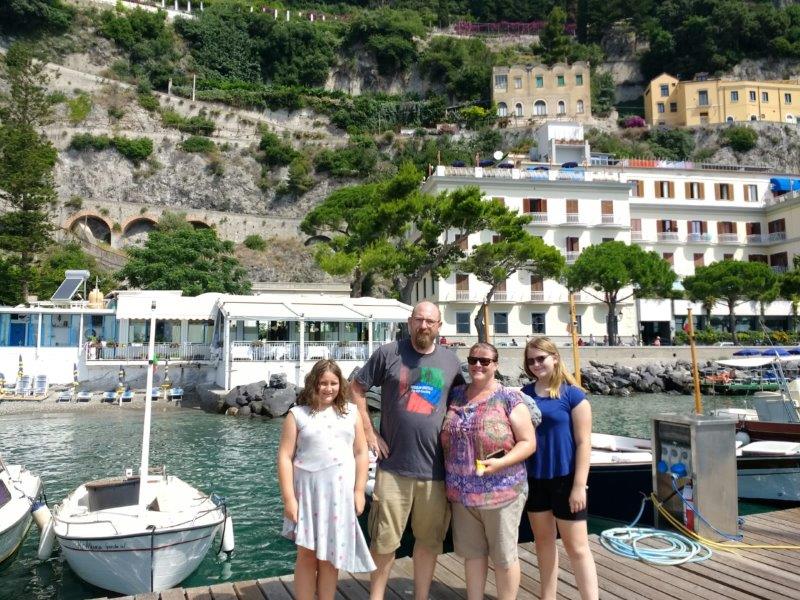The Racing and Yelling Thing
I just want to say a few things about racing and yelling on sailboats.
When I did my first out of town Bareboat Charter in the San Juan Islands in 1993, in Friday Harbor, I noticed a sailing group called Womanship. Their banner said, “Nobody Yells.” Back then I thought, “Huh?” Now I can see that this yelling thing has been a problem for many decades.
I’ve been at this a long time and over the years I’ve both yelled, and I’ve been yelled at. As the receiver of the yelled epithet, it was not pleasant. I quit racing in the year 2000 because I was tired of 1) the yelling, and 2) having to negotiate strategy and tactics with people who didn’t know what I knew but felt that yelling made them more correct.
Tonight, a friend I care deeply about cried on my shoulder about her treatment by captain and crew of an Olsen 30 during an evening race out of King Harbor in Redondo Beach, CA. From her account, yelling was a big problem. Lack of clear communication about responsibilities was a big problem. Uncommunicated expectations about performance were a problem. Lack of orientation to the responsibilities of the person in the pit and how to accomplish them were a problem.
It amazes me that one could make a post on the GoSailing App with an invitation to join, fail to train, and then demean the crew for not being able to do the thing that is being yelled about.
She’s not going racing anymore. She’s not joining a yacht club. She’s not joining your GoSailing thing.
Look, if you want crew to join you on your boats to race on a night like tonight, think about the proper orientation to the boat. Think about assessing your crew and assigning positions based on their capabilities; think about whether the fact that you are racing is more important than treating a crewmember as you would treat a friend, a companion. Then, see how you do on the racecourse. You might do better with training, orientation, support and respect.
None of us like yelling. Racing is a poor excuse for it.

